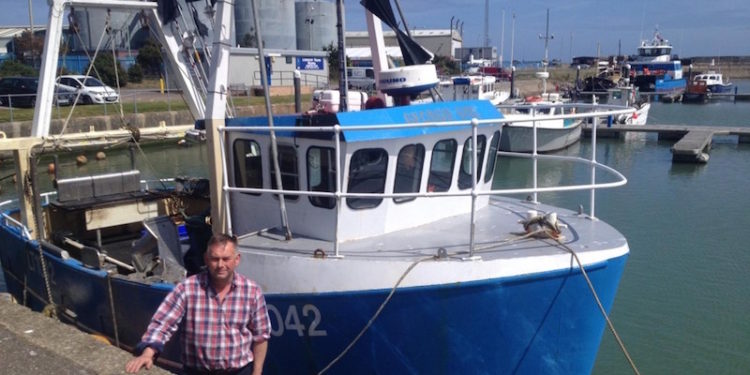The latest scientific advice on spurdog points to the reintroduction of a by-catch allowance as the most sensible management strategy to recover the stock, according to the NFFO, which states that this would prevent the needless discarding of dead catch, remove an incentive to retain smoothhound as substitution, and restore the evidence base generated by the fishing fleet that underpins management decision-making.
The ICES advice was discussed by the NFFO East Anglia Committee at its latest meeting in Norwich on 17th July.
Despite a general upturn in North Sea stocks, the inshore finfish fleet in East Anglia is facing unprecedented pressures on the five stocks; cod, sole, bass, thornback ray and blonde ray that the fleet has customarily depended on.
Cod has failed to show up on the local grounds for the last two years. EU bass measures are biting hard. Industry recently fought off a further tightening of measures by Eastern IFCA that had proposed an extension of the closed season for liners, but the proposal was subsequently withdrawn when the impact to the fleet was made clear. Successive cuts to skates and rays under group TAC management have also constrained landings despite rapidly increasing abundance of thornback ray in the area.
‘While not explicitly targeted, spurdog is inevitably an unavoidable part of the mixed fishery for the East Anglian liners,’ East Anglia Committee Chairman Steve Wightman said.
‘It makes no sense to be discarding dead by-catch and the fleet could be generating data that would help to improve the detail and reliability of the assessment.’
The latest ICES advice highlights that current estimated discard levels of around 2500 tonnes, if translated into a landed by-catch, would be consistent with the recovery of the stock similar to assuming a zero catch. The advice shows that after a long period of decline in biomass, the spurdog population has been recovering for over a decade, but would take another three decades to fully recover to MSY Btrigger due to the biology of the species.
A zero TAC for the stock was introduced in 2011, and this year, in order to prevent the stock inevitably becoming an ultimate choke under the Landing Obligation, it was moved to the prohibited species list.
The NFFO states that both measures have had the effect of removing catch information from the scientific process. On a more positive note, a UK derogation was introduced last year to allow for a limited trial of spurdog avoidance measures by the South West trawl fleet, the culmination of earlier efforts by the Federation and the Cornish FPO to make inroads into the issue.
‘Let’s do what we can to keep fishing mortality at a minimum as the stock continues to recover, but let’s not forget there are other objectives in fisheries management too – minimising discards, getting away from data poor fisheries and maintaining viable fishing livelihoods,’ Steve Wightman said. ‘If we follow the latest ICES advice there is an opportunity to progress beyond the initial trials in the South West to get a more sensible management strategy in place for the stock as a whole.’
ICES advice on spurdog can be found here.









